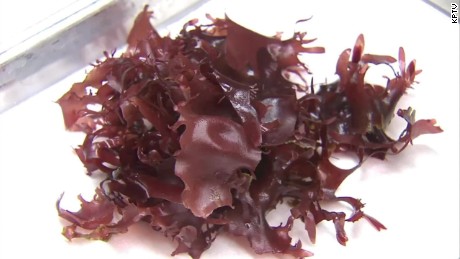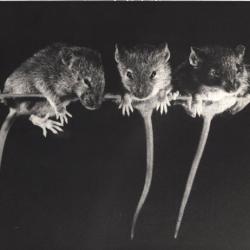Some people can find going to buy shoes bothersome, others not so much. Personally I fall under the category that loves to go shoe shopping. There is a study that shows inserts in the shoes can improve comfort and less
pronation of the foot. This study was tried on soldiers. "Researches asked soldiers to try six show inserts, which varied in terms of cushioning, arch height, heel shape, thickness and other variables. The soldiers were asked to pick the one insert that felt the most comfortable to them and wear that insert inside their shoes during their subsequent military training. A separate group of soldiers wore standard footwear as controls." When they tried this experiment the result was that the soldiers who chose inserts that were comfortable to them had a lower injury rate compared to the control group.
Dr. Nigg came to the conclusion that our body should be the judge of our own comfort and how it should be moving. "Our bodies are 'very good judges' of how each of us should move and run, he said. When we ignore or fight our bodies' natural movement pattern, he said, such as by trying to control pronation, the risk of injury rises. Instead, he said, we should pay close attention to our body's opinion about running shoe options."
Like I've mentioned before, I love to go shoe shopping. I would wear the most uncomfortable shoes because they're pretty. Now that I know it can cause more injury to my feet I'll most likely stop and find more comfort.
http://well.blogs.nytimes.com/2015/08/05/choosing-the-right-running-shoes/?ref=health&_r=0









